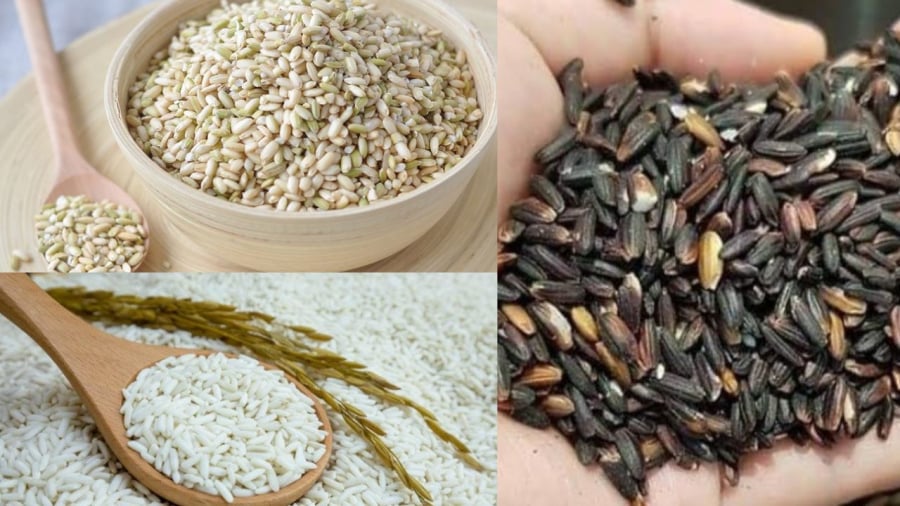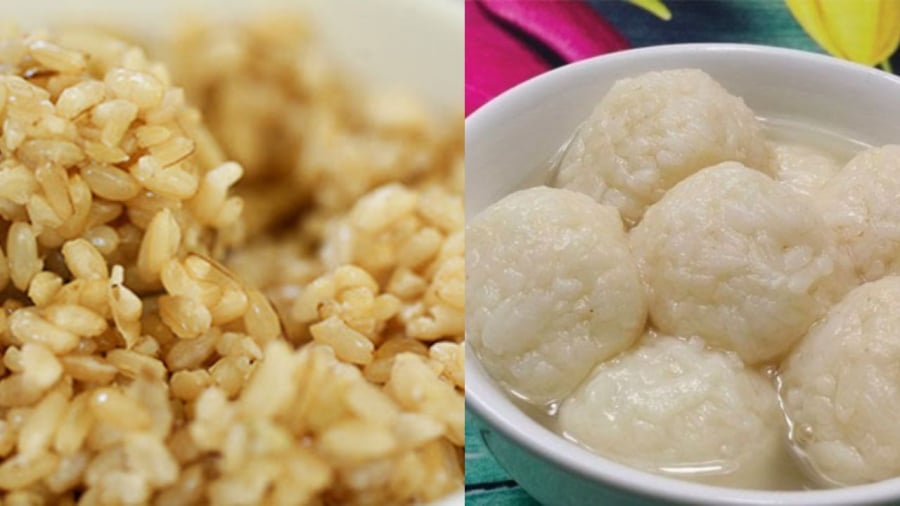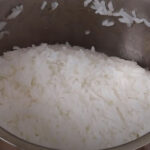Rice wine is a traditional dish commonly enjoyed during the Duanwu Festival. It has a cooling effect and aids digestion. Rice wine is typically indispensable during the festival and is also a delightful treat for hot summer days. Rich in nutrients and antioxidants, rice wine helps improve cardiovascular function and boosts immunity.
Rice wine is usually made from glutinous rice, either purple or brown. When consumed, it has a sweet, slightly sour, and mildly spicy taste. The longer it is stored, the higher the alcohol content, resulting in a spicier flavor. A well-made rice wine consists of round, plump rice grains that are not crushed, emitting a sweet and sour fragrance.
It is also used as a seasoning in certain dishes, such as chicken hot pot, to enhance the flavor and create a unique, sweet, and savory taste.
In the past, most families used to make their own rice wine for the Duanwu Festival. Nowadays, many people buy it from the market. Why not try making it yourself and enjoy it with your family?

You can use either purple, brown, or white glutinous rice, but purple and brown are more common, resulting in a more fibrous and fragrant rice wine.
Prepare the Ingredients
– Glutinous rice, either purple, brown, or white, depending on your preference. Typically, purple and brown rice are used, leaving the outer husk intact, resulting in a more fibrous and fragrant rice wine. The amount of rice depends on the number of family members.
– Wine yeast. When purchasing from the market, ensure you buy good-quality yeast. The amount of yeast should correspond to the amount of rice. Generally, four yeast balls are used for 1 kilogram of rice. Be cautious not to use too much yeast, as it will make the rice wine overly spicy, and insufficient yeast will result in a lack of sweetness and aroma.
Preliminary Steps
– Soak the glutinous rice in clean water for about 8 hours or overnight. Soaking helps remove phytic acid, which inhibits nutrient absorption.
– After soaking, rinse and clean the rice, removing any remaining chaff.
– Cook the rice as you would normally cook rice or steam it like sticky rice. Use slightly more water than you would for white glutinous rice.
– Once the rice is cooked, spread it out on a tray or plate to cool and loosen the grains.
– Grind the yeast and sift it through a fine mesh strainer to obtain a fine powder, discarding any large pieces or chaff.

The northern method of fermenting rice wine involves keeping the grains loose, while in the southern style, they are shaped into balls.
Fermentation Process
– Once the rice has cooled, transfer it to a jar, bowl, or container. Sprinkle the yeast evenly over the rice and mix with chopsticks until the yeast is well distributed. Cover and store in a cool, ventilated place.
– Allow the rice wine to ferment for 3-5 days, depending on the temperature and the amount of yeast used, before consuming.
– You can also shape the rice wine into balls, wrap them in banana leaves, and place them in a basket, with a bowl underneath, following the southern tradition.
Note: To prevent mold from forming, it is recommended to mix the rice and yeast daily to ensure even distribution.
The final product is a fermented rice wine with a sweet, spicy, and sour liquid. When you open the container, you should notice a pleasant aroma without an overpowering alcoholic smell. If the scent is too strong, it indicates an excess of yeast or insufficient fermentation time.
“The Ultimate Guide to Brewing Delicious Sweet Rice Wine for Tết Đoan Ngọ”
“Rice wine is a traditional delicacy, often enjoyed during the festive season of Tết Đoan Ngọ. It’s a delicious treat and a healthy option, perfect for a family get-together. Impress your loved ones by whipping up a batch of this tasty treat in your own kitchen. It’s easier than you think to bring a touch of cultural flavor to your table.”
“The Ultimate Guide to Making Crème Brûlée with Just 2 Household Ingredients”
Creating your own mosaic tiles at home is a fun, convenient, and cost-effective way to add a unique and personalized touch to your space. With a bit of creativity and some simple tools, you can transform everyday materials into stunning mosaic masterpieces. So, roll up your sleeves and get ready to embark on a rewarding DIY journey that will leave you with a sense of accomplishment and a beautiful work of art to adorn your home.
The Ultimate Guide to Mastering Sticky, Delicious Rice with an Electric Rice Cooker
“Mastering the art of cooking sticky rice to perfection in a rice cooker is no easy feat, but with our expert guide, you’ll be whipping up delicious batches with ease. Our step-by-step instructions will ensure your sticky rice is the talk of the town, with a texture that’s simply irresistible. Get ready to impress your taste buds and become the ultimate sticky rice connoisseur!”














